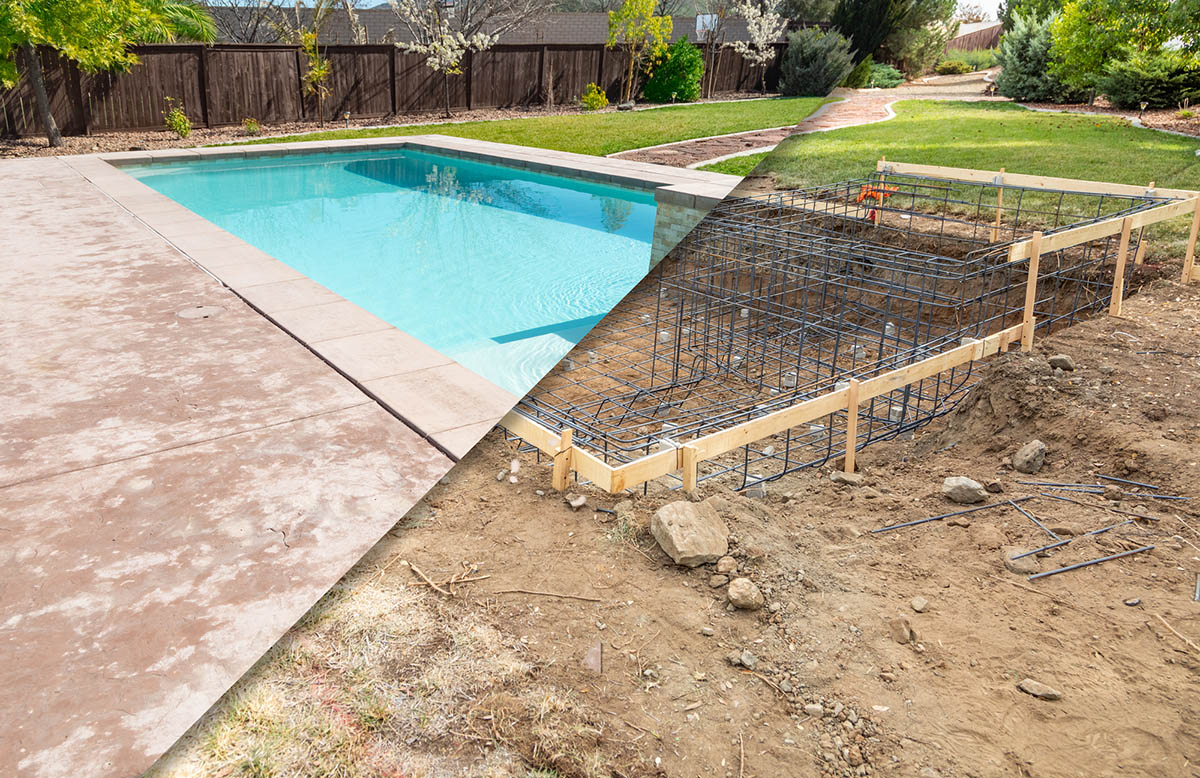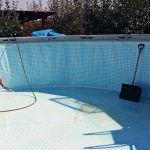Building an inground pool is an exciting project that can add value and enjoyment to your home. Whether you’re looking to cool off on hot summer days or create a beautiful outdoor space for entertaining, an inground pool can be a fantastic addition to your property. However, building an inground pool is a complex process that requires careful planning, expert construction, and adherence to local building codes. In this guide, we’ll walk you through the essential steps to building an inground pool so you can make informed decisions and ensure a successful project.
Step 1: Planning and Design
The first step in building an inground pool is to carefully plan and design the project. Consider the size and shape of the pool, as well as its location in your yard. You’ll also need to think about the pool’s depth, the materials you want to use, and any additional features such as waterfalls or lighting. It’s essential to work with a professional pool designer or architect to create detailed plans that take into account your specific needs and the layout of your property.
Step 2: Obtaining Permits
Before you can start construction, you’ll need to obtain the necessary permits from your local government. Building an inground pool typically requires approval from the building department, as well as adherence to zoning and safety regulations. Working with a licensed contractor who is familiar with local building codes can help streamline the permit application process and ensure that your pool is built to code.
Step 3: Excavation
Once you have your plans and permits in place, the next step is excavation. This involves digging a large hole in your yard to create the space for the pool. Excavation requires heavy equipment and skilled operators to ensure that the hole is the correct size, shape, and depth according to your plans. It’s crucial to work with a reputable excavation company that has experience in digging pools to avoid costly mistakes and delays.
Step 4: Construction of the Pool Shell
With the hole excavated, the construction of the pool shell can begin. This typically involves building a steel or concrete framework that will form the structural support for the pool. For concrete pools, the steel framework is secured in place, and then concrete is poured to create the shell. Alternatively, pre-formed fiberglass or vinyl pool shells can be installed in the excavation. The construction of the pool shell requires precision and expertise to ensure that it is durable and watertight.

Credit: www.bobvila.com
Step 5: Installation of Plumbing and Electrical Systems
Once the pool shell is in place, the next step is to install the plumbing and electrical systems. This includes connecting the pool to the filtration and circulation equipment, as well as installing any lighting, heating, or water features. It’s crucial to work with licensed professionals for this stage of the project to ensure that the systems are installed safely and according to building codes.
Step 6: Finishing and Landscaping
With the pool structure and systems in place, the final step is finishing and landscaping. This involves adding the pool’s interior surface, such as plaster, tile, or pebble, as well as any surrounding decking or coping. Landscaping around the pool can also enhance its visual appeal and create a cohesive outdoor living space. Proper drainage, grading, and plant selection are essential considerations for a successful pool landscaping project.
Step 7: Filling and Start-Up
Once the pool is complete, it’s time to fill it with water and start up the filtration and circulation systems. This is a critical phase that requires careful monitoring to ensure that the pool is filled properly and that all systems are functioning correctly. Working with a professional pool service company for the start-up process can help ensure that your pool is ready for safe and enjoyable use.
Maintenance and Care
After the pool is built and operational, ongoing maintenance and care are essential to keep it in optimal condition. Regular cleaning, chemical balancing, and equipment servicing are necessary to ensure that your pool remains safe, clean, and inviting for years to come. Working with a professional pool maintenance company or learning the proper care techniques yourself can help you enjoy your pool to the fullest.

Credit: www.youtube.com
Conclusion
Building an inground pool is a significant undertaking that requires careful planning, expert construction, and ongoing maintenance. By following the essential steps outlined in this guide and working with experienced professionals, you can create a beautiful and functional pool that enhances your home and lifestyle. Whether you’re looking to relax, exercise, or entertain, an inground pool can provide years of enjoyment and add value to your property.
Remember to consult with local experts, obtain the necessary permits, and adhere to safety regulations throughout the construction process. With proper planning and execution, your inground pool project can be a rewarding investment that brings endless summer fun and relaxation right to your doorstep.





